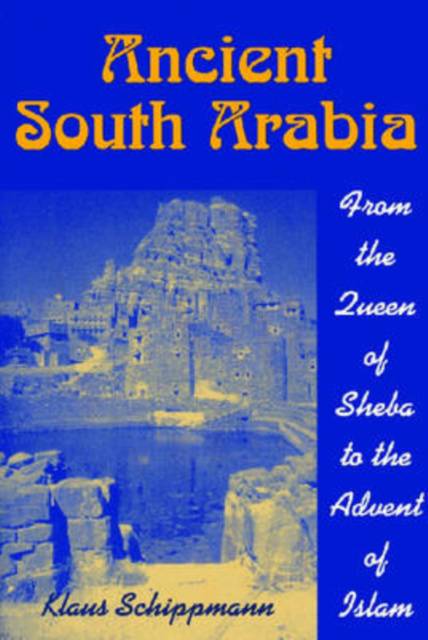
- Afhalen na 1 uur in een winkel met voorraad
- Gratis thuislevering in België vanaf € 30
- Ruim aanbod met 7 miljoen producten
- Afhalen na 1 uur in een winkel met voorraad
- Gratis thuislevering in België vanaf € 30
- Ruim aanbod met 7 miljoen producten
Ancient South Arabia
From the Queen of Sheba to the Advent of Islam
Klaus SchippmannOmschrijving
At the crossroads between Africa, Asia, and Europe, the South Arabian kingdoms were major commercial, military, and cultural players in world history. They controlled the sea route from Rome and Egypt to Africa and Asia and had a monopoly on the production and trade of frankincense and myrrh; religious ceremonies in the major ancient empires such as Greece, Rome, Byzantium, and Persia depended on the availability of myrrh from South Arabia. Their art and architecture, and especially their irrigation system, featuring a gigantic dam high in the mountains, gave witness to a fascinating civilization, the mythic and historical dimensions of which have captured our collective imaginations. Even their eventual decline was dramatic. When the famous dam was damaged in the 5th century, twenty thousand workers were employed to repair it. The Ethiopian Empire of Axum, originally a colony of Saba (Sheba), adopted Christianity, crossed the Red Sea, and fought bitter wars against the powerful Jewish kings of South Arabia. Exhausted from wars, South Arabia was ready to be taken by the new force of Islam.
Specificaties
Betrokkenen
- Auteur(s):
- Uitgeverij:
Inhoud
- Aantal bladzijden:
- 190
- Taal:
- Engels
Eigenschappen
- Productcode (EAN):
- 9781558762367
- Verschijningsdatum:
- 24/02/2020
- Uitvoering:
- Paperback
- Formaat:
- Trade paperback (VS)
- Afmetingen:
- 150 mm x 226 mm
- Gewicht:
- 294 g

Alleen bij Standaard Boekhandel
Beoordelingen
We publiceren alleen reviews die voldoen aan de voorwaarden voor reviews. Bekijk onze voorwaarden voor reviews.











